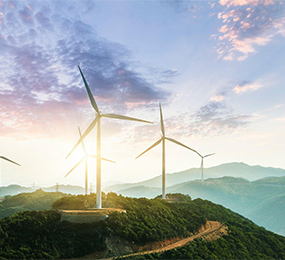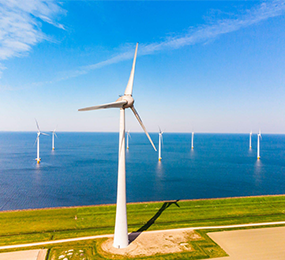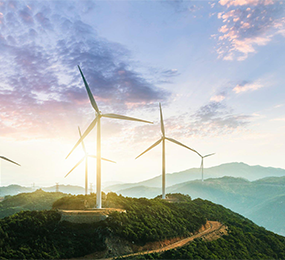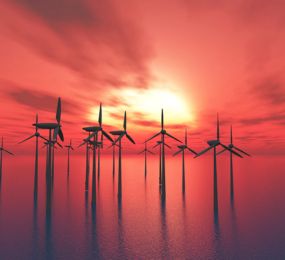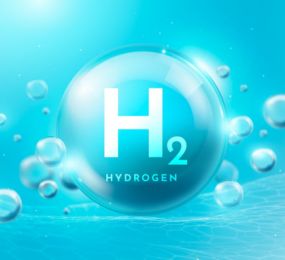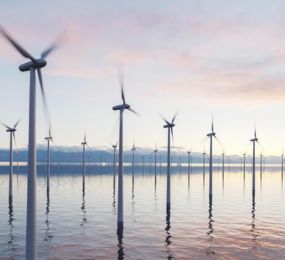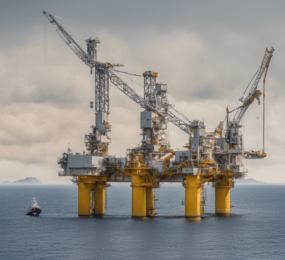The transition to renewable energy sources is imperative to combat climate change, and offshore wind energy has emerged as a key player. However, the development of these colossal wind farms can potentially impact marine ecosystems and wildlife. Striking a balance between clean energy production and environmental protection is crucial for the sustainable growth of the offshore wind industry.
Understanding the Challenges:
Offshore wind farms can impact marine life in several ways:
- Bird and Bat Collisions: Rotating turbine blades pose a risk to birds and bats.
- Habitat Disruption: Construction and operation of wind farms can disrupt marine habitats and ecosystems.
- Electromagnetic Fields: The presence of subsea cables can potentially affect marine life.
- Noise Pollution: Underwater noise generated during construction and operation can disturb marine mammals.
Mitigating Environmental Impact:
To minimize negative impacts on wildlife, the offshore wind industry has adopted various strategies:
- Site Selection: Careful selection of wind farm locations can help avoid areas with high concentrations of sensitive marine species.
- Bird and Bat Studies: Comprehensive studies to assess potential impacts on bird and bat populations are essential for informed decision-making.
- Turbine Design: Advanced turbine designs, such as bird-friendly blades and radar systems to detect birds and bats, can help reduce collisions.
- Siting and Spacing: Optimizing the placement and spacing of turbines can minimize impacts on marine habitats and migratory routes.
- Construction and Operation Practices: Implementing best practices during construction and operations can help reduce noise pollution and habitat disruption.
- Monitoring and Adaptation: Continuous monitoring of wildlife populations is crucial to assess the effectiveness of mitigation measures and make necessary adjustments.
Collaboration between the wind energy industry, government agencies, environmental organizations, and researchers is essential for developing effective solutions. Joint research projects, data sharing, and knowledge exchange can contribute to the development of best practices for balancing energy production with wildlife conservation.
The offshore wind industry is committed to finding innovative solutions to minimize its impact on the environment. By investing in research, implementing best practices, and fostering collaboration, the industry can continue to grow while ensuring the protection of marine ecosystems and wildlife. The future of offshore wind lies in a harmonious coexistence with nature.
By striking a balance between clean energy production and wildlife conservation, the offshore wind industry can contribute significantly to a sustainable future for both people and the planet.
To register or learn more about the Forum please check here: https://www.leadventgrp.com/events/4th-annual-offshore-wind-operations-and-maintenance-forum/details
For more information and group participation, contact us: [email protected].


